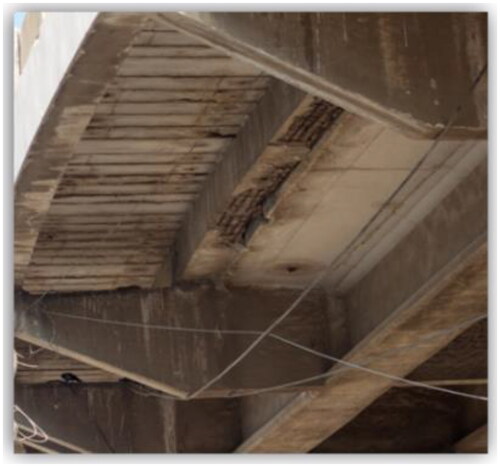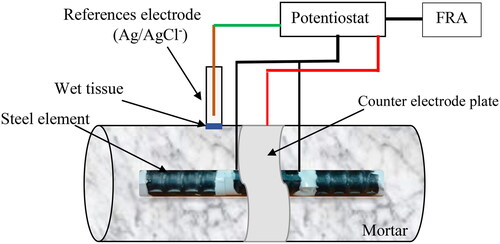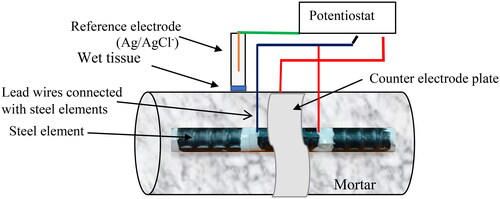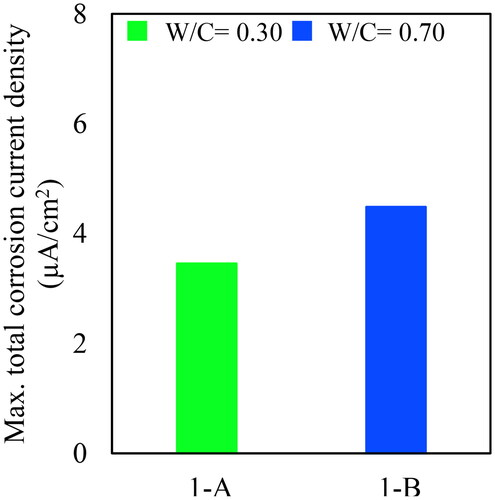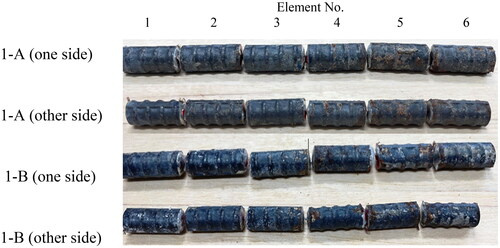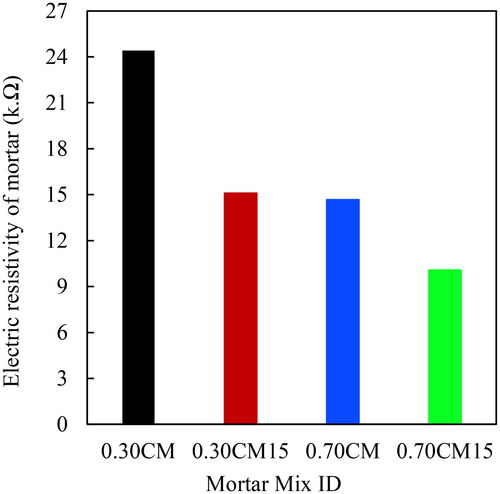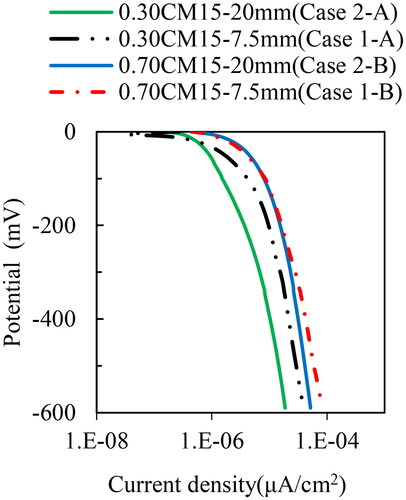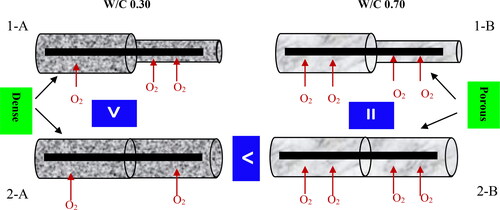Figures & data
Table 1. Mortar composition used in the study.
Figure 3. (a) Structural element with full cover thickness. (b) 2-A and 2-B with full cover thickness of 20 mm; without and with 15 kg/m3 Cl− ions.

Figure 4. (a) Structural element with partial cover thickness. (b) 1-A and 1-B with the partial cover thickness of 20 mm and 7.5 mm; without and with 15 kg/m3 Cl− ions.

Table 2. Mortar mixes and specimen details
Figure 8. (a) Variation of corrosion current densities for 1-A. (b) Variation of corrosion current densities for 1-B.
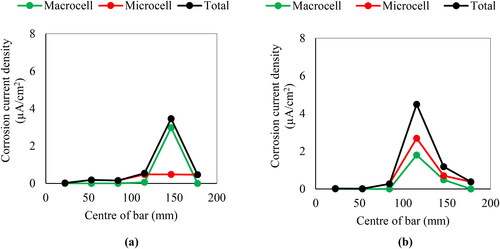
Figure 12. Comparison of anodic polarization curves w.r.t mortar quality for 7.5 mm cover thickness subjected to Cl− ion.
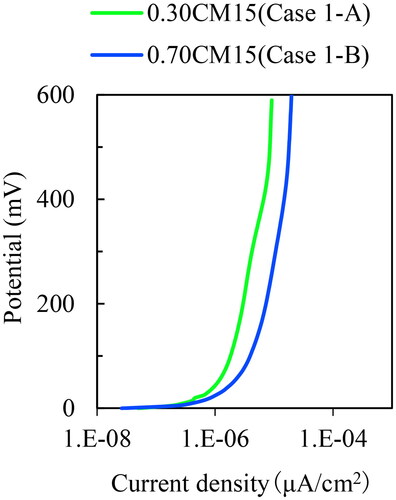
Figure 13. Comparison of cathodic polarization curves w.r.t mortar quality for 7.5 mm cover thickness subjected to Cl− ion.
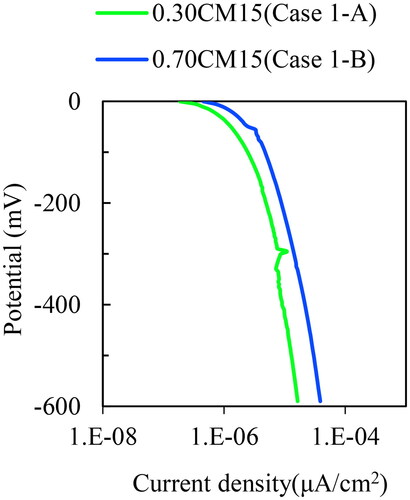
Figure 14. Effect of full cover thickness (2-A & 2-B) and partial cover thickness (1-A & 1-B) on total corrosion current density w.r.t W/C of 0.30 and 0.70, respectively.

Figure 15. (a) Variation of corrosion current densities for 2-A. (b) Variation of corrosion current densities for 2-B.
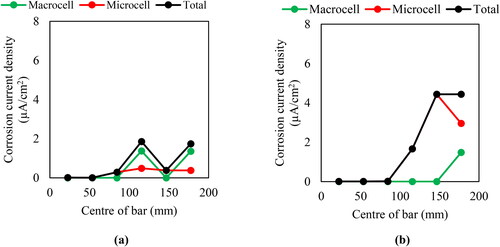
Figure 17. Comparison of anodic polarization curves of 20 mm cover depth and 7.5 mm cover depth for 0.30CM15 and 0.70CM15.

Data availability statement
All the data will be available upon request.

